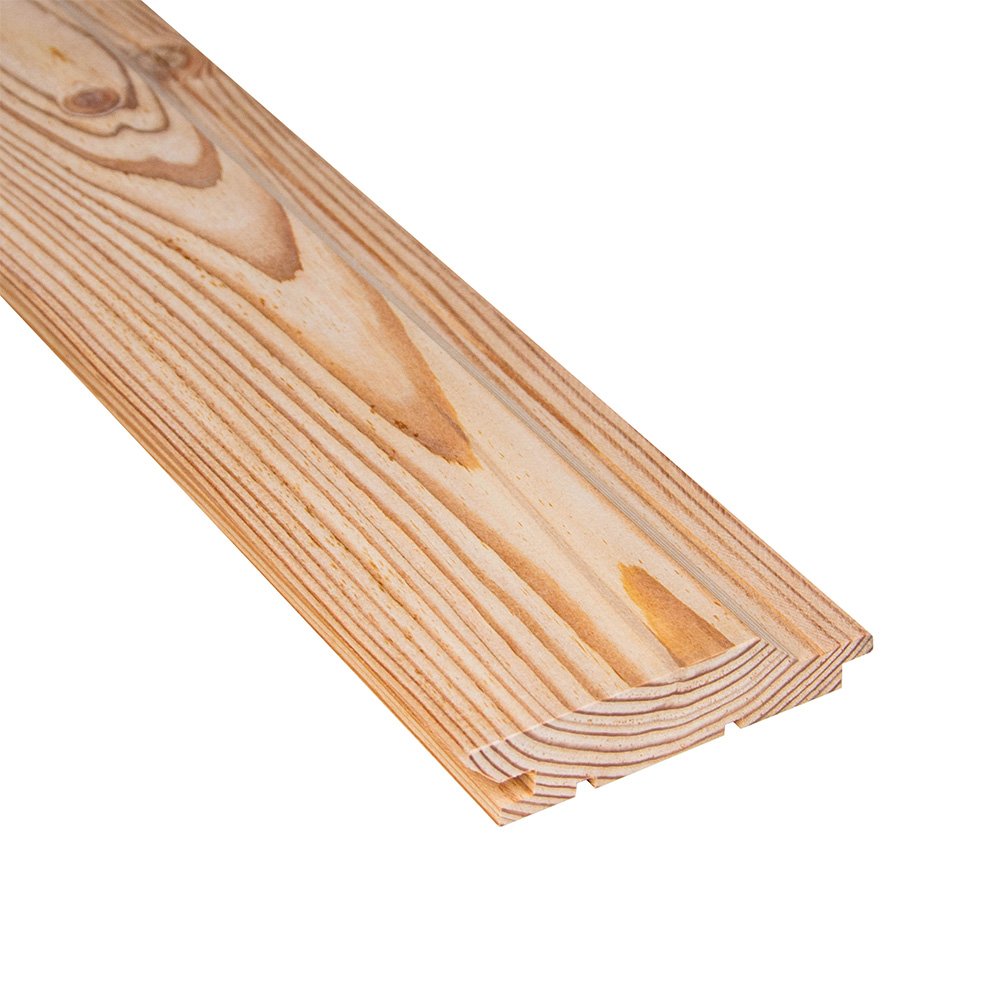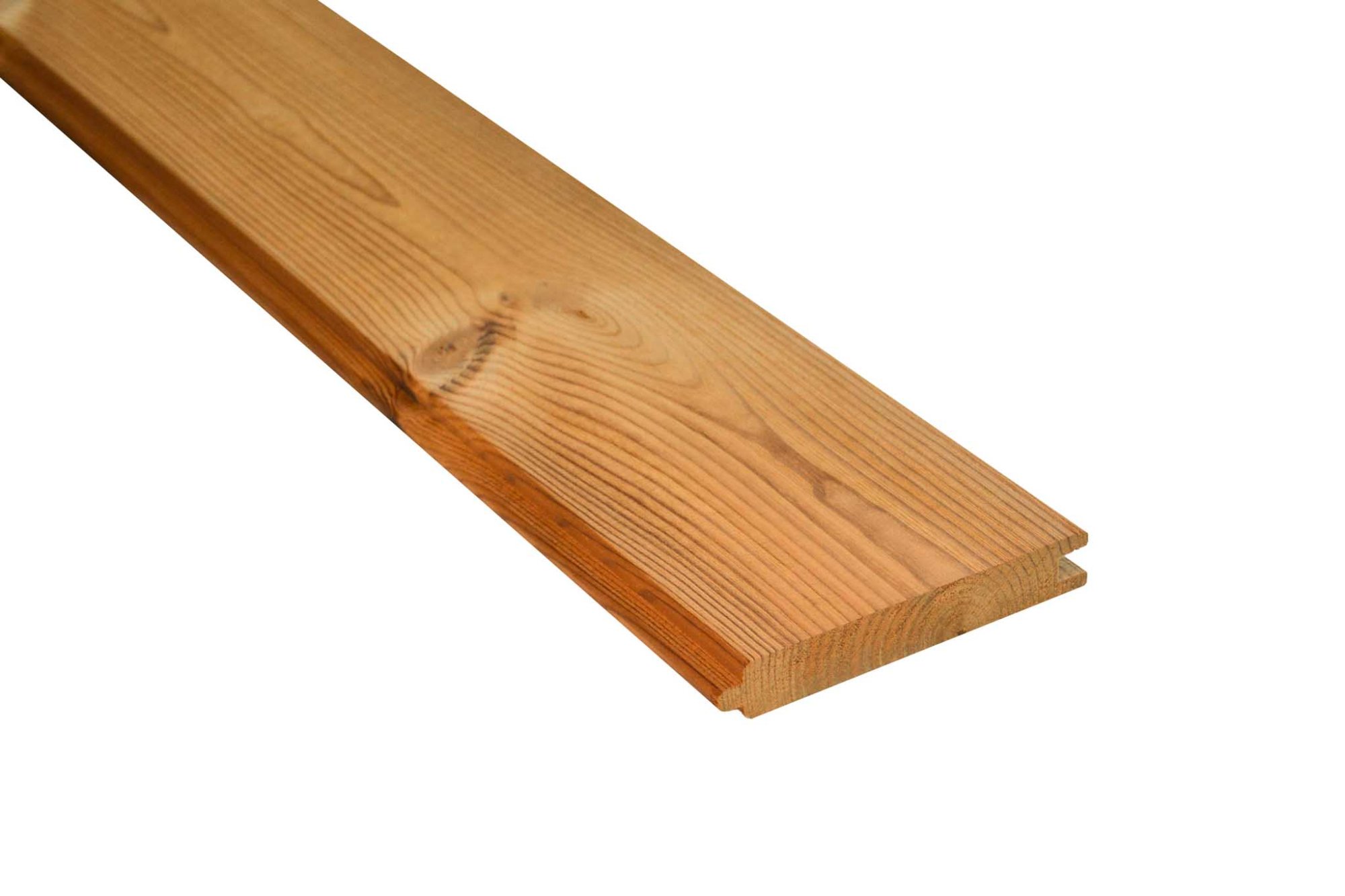Wood is one of the most sustainable and versatile building materials available today. As a renewable resource, it’s fully recyclable and environmentally friendly when sourced responsibly. In addition to its natural beauty, wood offers excellent thermal insulation, helping to reduce energy consumption by storing heat and minimizing thermal conductivity. This makes wood cladding an energy-efficient choice for any building, leading to significant savings in heating costs.
At REAL FACADE, we partner with trusted suppliers from the Czech Republic, Germany, Canada, Brazil, Indonesia, and more to bring you the finest wood cladding materials. Our selection is designed to suit a wide variety of architectural styles and functional needs, offering cladding profiles from both coniferous and exotic woods.
Our coniferous wood collection offers a range of durable, attractive options for cladding:



For those seeking a more unique, luxurious look, we offer exotic hardwoods that are both stunning and resilient:
With a variety of profiles, sizes, and finishes, REAL FACADE provides over 30 combinations of wood cladding, giving you the freedom to design a facade that matches your project’s aesthetic and functional requirements. In addition to the cladding itself, we offer all the essential accessories like substruction materials, fasteners, and other components to ensure a flawless installation.
Installing and maintaining wood cladding can enhance the longevity and beauty of your facade. Here are some practical tips and tricks to ensure you get the best results with your wood cladding:
Before installation, allow your wood cladding to acclimate to the local climate for at least 7-14 days. Store the boards in a dry, well-ventilated space to prevent warping or cracking due to sudden environmental changes. This step helps maintain the wood’s stability after installation.
Always use stainless steel screws to prevent rust and corrosion, particularly when working with dense hardwoods like Siberian Larch or Meranti. High-quality fasteners not only ensure a clean, stain-free finish but also contribute to the long-term structural integrity of your cladding. For superior corrosion resistance, consider using passivated stainless steel screws such as Mex Complex A4 and Mex Fix C1, which are specifically recommended from our product range for cladding applications.
Wood naturally expands and contracts with changes in temperature and humidity. Leave expansion gaps between each board during installation to allow for this movement. This prevents buckling or cracking over time, ensuring a smooth and secure facade.
To maintain the wood’s natural beauty and protect it from UV rays, rain, and other environmental factors, apply a high-quality wood oil, stain, or UV-protective sealant. This is particularly important for species like Western Red Cedar and Thermo Pine, which benefit from additional protection against fading.
Dust, dirt, and moisture can accumulate on your wood cladding over time. Clean your facade annually with a soft brush and mild detergent to remove debris and prevent the buildup of mold or mildew. Regular cleaning will keep your wood looking fresh and vibrant.
Conduct periodic inspections of your wood cladding, especially after harsh weather conditions. Look for any signs of warping, cracks, or insect activity. Addressing minor issues early on can prevent more significant problems and extend the lifespan of your cladding.
Ensure that there is adequate airflow behind the cladding. Proper ventilation helps prevent moisture buildup, which can lead to rot and mold growth. This is especially important for coniferous woods like Siberian Larch and Czech Larch, which benefit from a well-ventilated installation.
If your project is located in a particularly wet or sunny area, consider using more durable finishes to protect your wood from the elements. Thermo Ash and Thermo Pine, for example, have undergone thermal treatment, making them more resistant to extreme weather, but additional finishing may still be necessary depending on the environment.
Wood is a natural material that requires periodic maintenance to retain its original beauty. Set up a maintenance schedule for cleaning, sealing, and inspecting your cladding annually to prevent wear and damage. This routine care will keep your facade looking fresh for years to come.
Different wood species require specific treatments and installation techniques. Don’t hesitate to reach out to wood cladding experts for personalized advice on how to best install and maintain your chosen wood type.